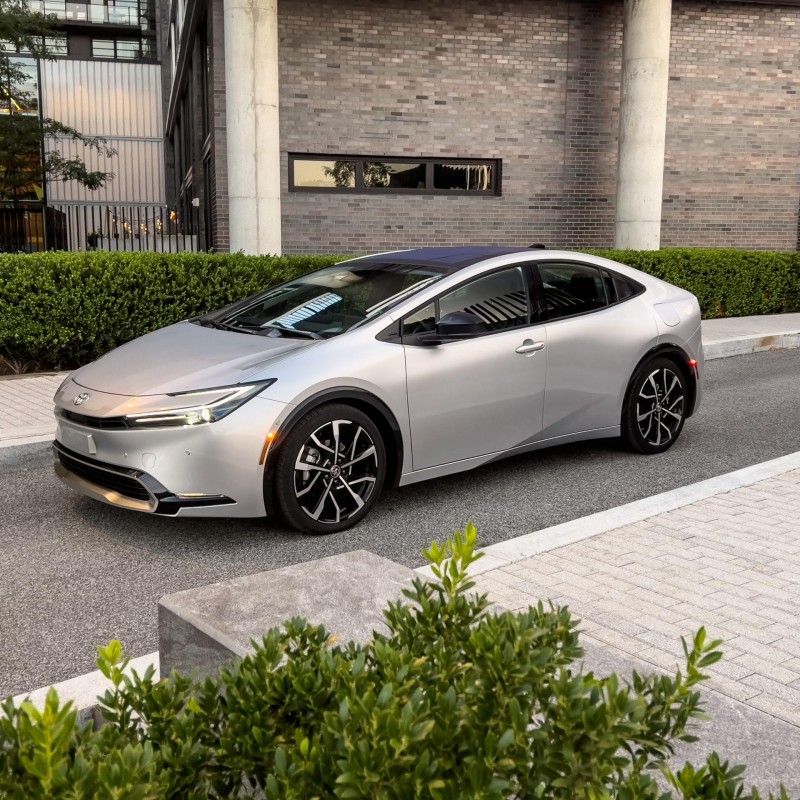When the temperature drops, many vehicle owners experience the nagging frustration of a car that won’t start, even when they know the battery is good. It’s a situation that can leave you baffled, especially when you’ve made sure to keep the battery in good condition. You may turn the key or push the start button, and instead of the familiar rumble of the engine, all you hear is silence or faint clicking sounds. This annoying occurrence can be attributed to several factors beyond just the battery, and understanding these reasons can help you troubleshoot and resolve the issue more effectively. In this article, we will explore the various causes of starting problems in cold weather while having a healthy battery. We’ll examine how cold affects various systems in your vehicle, signs and symptoms to watch for, and practical solutions to get your car running again.
Understanding the Role of Temperature in Vehicle Performance
Temperature plays a significant role in the performance of your vehicle. As the temperature drops, several mechanical and electrical components may experience increased stress. This can lead to starting difficulties even if the battery shows no signs of weakness.
One of the primary factors affected by cold weather is the engine oil. When temperatures plummet, the oil can become thick and viscous, making it harder for the engine components to move freely. This increased friction can lead to difficulties in starting the engine.
Cold weather can also affect the fuel system and its components. For example, fuel lines may freeze or become obstructed, reducing fuel flow to the engine.
Additionally, the transmission fluid can become thick in colder temperatures, impacting how smoothly the engine engages with the transmission. If you’re experiencing start issues in cold weather, understanding how temperature affects your vehicle’s performance is vital for diagnosing the problem accurately.
Possible Reasons Your Car Won’t Start in Cold Weather
Several issues can cause a vehicle not to start in cold weather, despite having a functional battery. Below are some common reasons:
Thickened Engine Oil
In cold weather, traditional motor oils can thicken, making it difficult for the oil pump to circulate the oil effectively. When this happens, the engine may struggle to turn over. A simple solution is to switch to multi-viscosity oil or a synthetic oil that performs better in low temperatures.
Fuel System Issues
The fuel system is another area that can suffer in cold weather. Condensation in the fuel tank can lead to water accumulation, which may freeze and block fuel lines. Additionally, low-quality fuel can contribute to inconsistencies in starting in colder temperatures. If you live in colder climates, consider using a winter fuel blend or adding a fuel line antifreeze to prevent these issues.
Electrical System Complications
While your battery may be fine, other components in your vehicle’s electrical system could be failing. Corroded terminals, faulty wiring, or issues with the starter motor can prevent your car from starting even with a good battery. If you find yourself in this situation, it’s essential to check the entire electrical system.
Cold Weather and Spark Plugs
Spark plugs play a crucial role in igniting the fuel-air mixture in your engine. Cold weather can affect the performance of spark plugs, especially if they are worn or dirty. If your spark plugs are damaged, they may not create the necessary spark needed to start the engine. Regular maintenance of spark plugs can mitigate this issue.
Starter Motor Issues
The starter motor is responsible for turning over the engine when you start your vehicle. In cold weather, the starter can become sluggish and may not provide enough power to start the engine, even if the battery is fully charged. If you notice a clicking sound when trying to start, it may point to a failing starter motor.
Anti-Theft Engine Immobilizers
Modern cars often come equipped with anti-theft devices that can prevent starting under certain conditions. If the system malfunctions in cold weather, it might mistakenly interpret a legitimate attempt to start the engine as a theft attempt, preventing the car from starting while still maintaining battery functionality.
Signs Your Car Battery is Good
Before diagnosing other issues, it’s essential to confirm that your car’s battery is genuinely in good condition. Here are several signs to assess battery health:
Voltmeter Readings
Using a multimeter, you can check the voltage of your battery. A healthy battery typically reads around 12.6 volts when fully charged. If your battery shows a reading above 12.4 volts, it’s generally considered charged.
Battery Age
Most car batteries have a lifespan of approximately three to five years. If your battery is nearing the end of its expected life, even if it shows good voltage, it might be time to consider replacement.
Corrosion and Cleanliness
Inspect the battery terminals for signs of corrosion and dirt. A good battery should have clean terminals with no buildup. If you find corrosion, clean the terminals using a mixture of baking soda and water.
Reliable Cranking Power
When you try to start your vehicle, listen to the cranking sound. If it cranks briskly, the battery is likely in good shape. However, if it slows down or makes clicking sounds, it could indicate a weakness in the battery or an issue with the starter.
Troubleshooting When Your Car Won’t Start in Cold Weather
If your car won’t start in cold but the battery is good, you can take several troubleshooting steps to pinpoint the issue. Here’s a systematic approach to diagnose the problem:
Step 1: Listen for Clues
When you turn the ignition, listen for specific sounds that can provide clues. If you hear a clicking sound, this often points to issues with the starter or solenoid. A sluggish crank can indicate battery or oil thickening problems.
Step 2: Inspect the Battery and Terminals
Even if the battery is showing good voltage, inspect the cables and terminals thoroughly. Ensure they are tight, clean, and free from corrosion. A loose or corroded connection can impede the electrical flow.
Step 3: Check the Fuses
A blown fuse can prevent your vehicle from starting. Locate the fuse box in your vehicle, and check the fuses related to the starting system. Replace any blown fuses and retry starting your vehicle.
Step 4: Test the Starter Motor
If the battery and connections appear satisfactory, consider testing the starter motor. You can do this through a voltage test to ensure it receives adequate power when the key is turned.
Step 5: Evaluate the Fuel Supply
Check the fuel line for blockages or freezes. You can also try starting the engine with a fuel additive designed to remove condensation from the fuel system. If you’re near empty on gas, it’s advisable to fill up to prevent fuel line issues.
Step 6: Inspect Spark Plugs
If previous steps do not yield results, inspect the spark plugs. Remove them and check for wear and tear. If they appear dirty or damaged, replacing them might resolve your starting issues.
Step 7: Professional Diagnostics
If you have exhausted all troubleshooting options without success, consider seeking professional help. A mechanic can use diagnostic tools to evaluate your vehicle’s electrical and fuel systems, identifying the root cause of the issue.
Preventive Measures to Avoid Cold-Weather Starting Issues
Taking preventive steps can save you from the hassle of a car that won’t start in cold weather. Here are several measures to consider:
Regular Maintenance Checks
Regular vehicle maintenance can prevent starting issues. Schedule routine checks of your battery, spark plugs, and fuel systems, particularly before the colder months.
Upgrade to a Higher Quality Battery
If you frequently experience starting difficulties in cold weather, consider upgrading to a high-performance battery designed for low temperatures. These batteries are optimized to perform better in harsh conditions.
Use Engine Block Heaters
If your vehicle is parked in unheated spaces, consider using an engine block heater. This device warms the engine and fluids, making it easier to start the vehicle in cold weather.
Use Fuel Additives
Using winter-blend fuels and fuel additives can help prevent gelling of fuel during frigid temperatures. These products prevent moisture buildup in the fuel tank, reducing the risk of blocked fuel lines.
Store Your Vehicle Indoors
Whenever possible, park your vehicle in a garage or other sheltered area to protect it from the elements. A warmer environment significantly reduces the risk of starting issues due to cold weather.
Monitor Tire Pressure
Cold temperatures can lower tire pressure, which might add additional strain on your vehicle when starting. Regularly check tire pressure and inflate as needed, ensuring optimal performance in various conditions.
Conclusion: Staying Prepared for Cold Weather Challenges
Dealing with a car that won’t start in cold weather can be both inconvenient and frustrating, particularly when you know the battery is in good condition. Understanding the various factors contributing to this issue, along with troubleshooting tips, can empower vehicle owners to address the situation directly.
From thickened engine oil and fuel system issues to electrical problems and environmental factors, several potential culprits may affect your vehicle’s ability to start. Being proactive with regular vehicle maintenance, utilizing preventive measures, and listening to your vehicle can keep you prepared for cold weather challenges.
Moving forward, integrating knowledge of your vehicle’s systems and practicing good vehicle care can enhance reliability and performance no matter the weather. By following these suggestions, you can avoid the frustration of a car that won’t start in cold weather, ensuring that you remain on the road when you need to be.